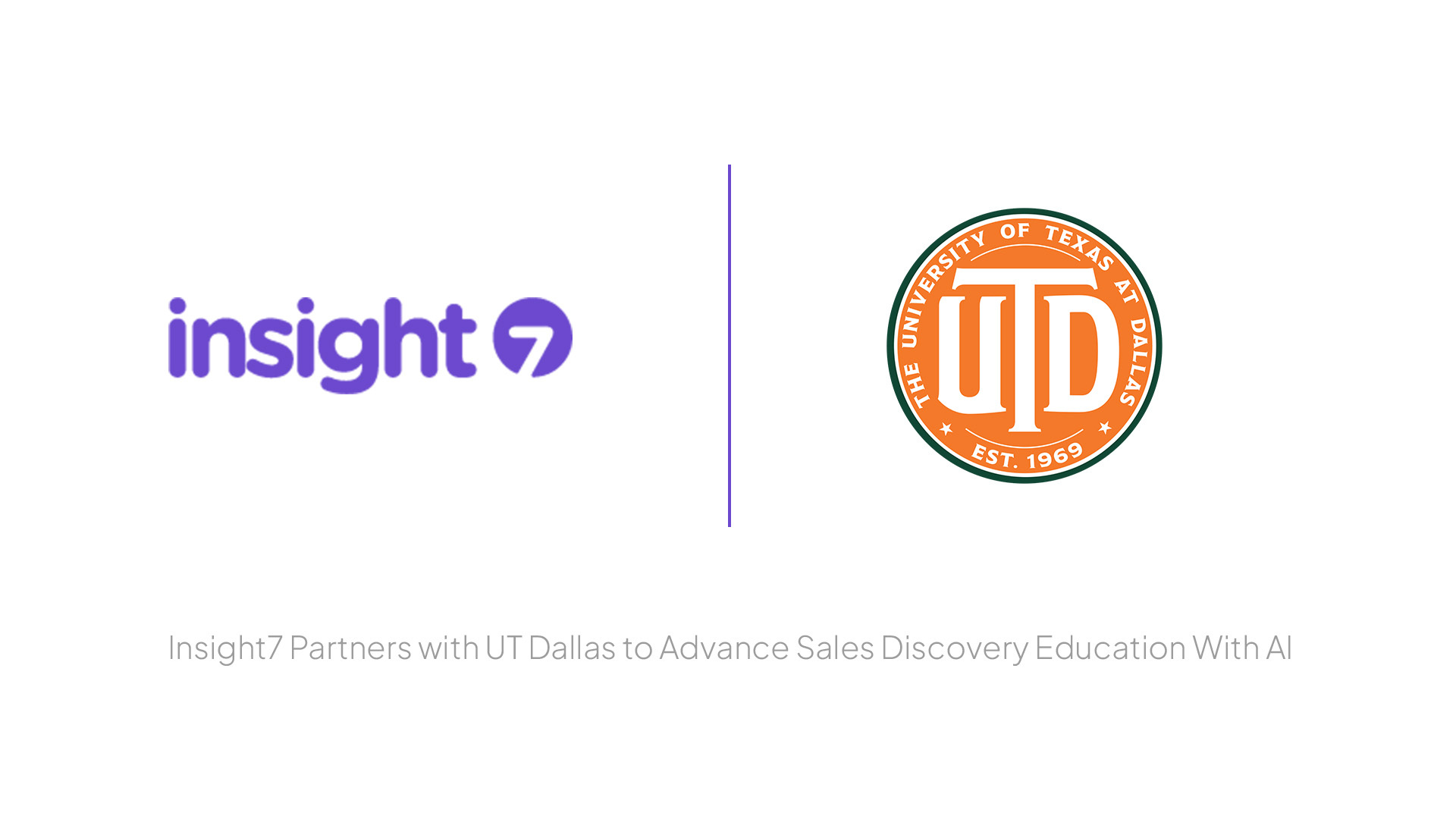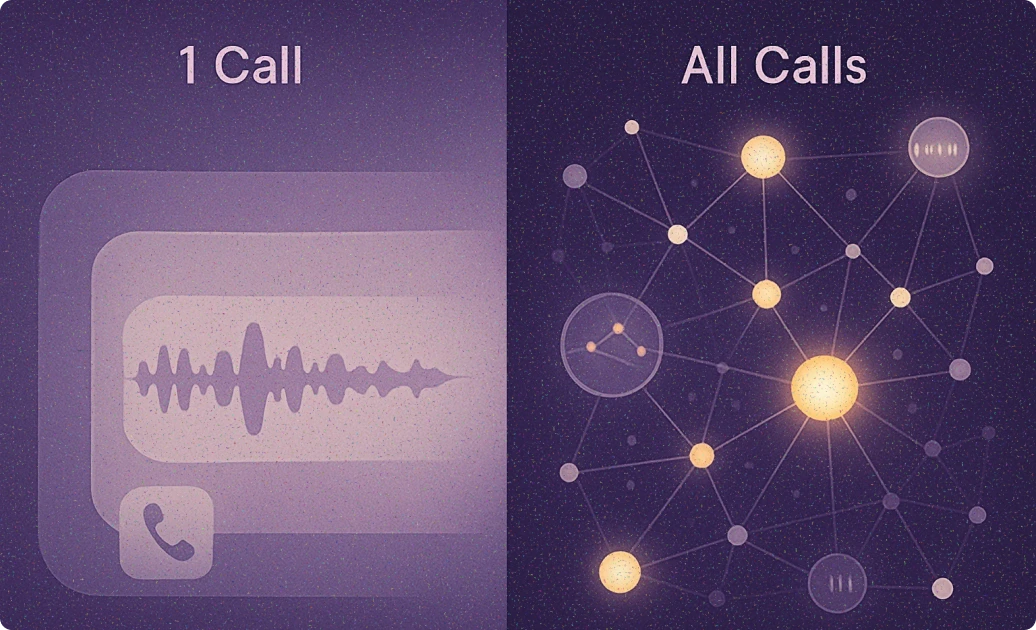AI Call Analytics: 7 Advanced Metrics That Unlock Hidden Insights
-
Bella Williams
- 10 min read
7 Metrics Only Advanced AI Call Analytics Can Reveal
In today’s fast-paced business environment, understanding customer interactions is more critical than ever. Traditional call monitoring can provide surface-level data, but AI call analytics takes this a step further by uncovering deep, actionable insights that help businesses improve customer experience, sales effectiveness, and operational efficiency.
This article explores 7 key metrics that only advanced AI call analytics can reveal—metrics that empower teams to make data-driven decisions and gain a competitive edge.
What is AI Call Analytics and Why Does It Matter?
Before diving into the metrics, it’s important to understand what AI call analytics entails. It leverages artificial intelligence and machine learning to analyze recorded phone calls. Unlike manual analysis, AI can process thousands of calls quickly, identifying patterns, sentiments, and anomalies with a high degree of accuracy.
The value? It transforms raw call data into meaningful insights, enabling businesses to optimize sales strategies, enhance customer service, and predict future outcomes.
1. Sentiment and Emotion Analysis — How Do Customers Really Feel?
One of the most powerful capabilities of AI in call analytics is the ability to detect sentiment and emotion throughout a conversation. Unlike basic call metrics that measure duration or talk time, advanced AI can identify changes in a caller’s tone, stress levels, and emotional state.
Why it matters:
Understanding when customers become frustrated or delighted can help teams intervene proactively, tailor responses, and improve overall satisfaction. For sales teams, recognizing positive sentiment early can signal a higher chance of closing a deal.
2. Talk to Listen Ratio — Are Agents Listening Enough?
The talk-to-listen ratio measures how much time an agent spends speaking compared to the customer. AI call analytics can provide granular details about this balance at different points in the call.
Why it matters:
A healthy ratio typically favors listening, allowing customers to express needs and concerns. When agents dominate the conversation, it can lead to disengagement. Advanced analytics helps managers coach reps to improve conversational balance, increasing the chances of success.
3. Topic and Keyword Trends — What Are Customers Talking About?
Advanced AI systems use natural language processing (NLP) to identify key topics, phrases, and frequently asked questions across thousands of calls.
Why it matters:
Spotting trending topics helps product teams identify emerging issues or features customers care about. Marketing can also refine messaging based on real customer language, and sales teams can anticipate objections.
4. Silence and Interruption Patterns — When Does Communication Break Down?
Unexpected silences or frequent interruptions during calls can signal communication problems. With AI, you can track these silence gaps and interruptions to highlight when conversations go off track.
Why it matters:
Excessive silence might indicate confusion or hesitation, while interruptions may show frustration or poor listening. Identifying these patterns enables targeted training to improve call quality.
5. Compliance and Script Adherence — Are Agents Following Guidelines?
For regulated industries, compliance is paramount. AI call analytics can automatically monitor if agents are following scripts or legal disclaimers, flagging any deviations in real time.
Why it matters:
Maintaining compliance reduces legal risk and builds customer trust. Automated monitoring saves hours of manual review and ensures consistency across teams.
6. Customer Effort Score (CES) — How Easy Was It for the Customer?
Some advanced AI platforms estimate the Customer Effort Score by analyzing conversation flow, resolution times, and customer reactions.
Why it matters:
Lower effort scores correlate with higher customer loyalty. AI insights help companies reduce friction points in interactions, driving better retention and satisfaction.
7. Predictive Outcome Analysis — What Will Happen Next?
Perhaps the most exciting metric is AI’s ability to predict future call outcomes, such as the likelihood of a sale closing or customer churn, by analyzing historic call data and conversation signals.
Why it matters:
Predictive analytics empowers sales and support teams to prioritize high-risk customers or hot leads, enabling proactive engagement and smarter resource allocation.
How Can Businesses Implement AI Call Analytics Effectively?
To unlock these advanced metrics, organizations need the right technology stack combined with a culture focused on data-driven decision-making. Here are a few tips:
Choose AI tools with robust NLP and speech analytics capabilities.
Integrate call analytics with CRM and customer support platforms for seamless data flow.
Train teams on interpreting AI insights and acting on them effectively.
Establish regular reviews of analytics reports to spot trends and opportunities.
Frequently Asked Questions
What industries benefit most from AI call analytics?
AI call analytics is valuable in any customer-facing industry—sales, customer support, finance, healthcare, telecommunications, and more.
How accurate is AI sentiment analysis?
Modern AI models can achieve over 85-90% accuracy in sentiment detection, though human oversight remains important for nuance.
Can AI call analytics replace human quality assurance?
AI augments QA by automating routine analysis, allowing human reviewers to focus on complex cases and coaching.
How quickly can businesses see ROI from AI call analytics?
ROI timelines vary, but many organizations report improvements in customer satisfaction and sales performance within 3-6 months.
What are common challenges when adopting AI call analytics?
Challenges include data integration issues, user resistance, and ensuring data privacy compliance.
How does AI call analytics handle multiple languages or accents?
Advanced platforms support multiple languages and dialects using tailored speech recognition models, improving accuracy globally.
Conclusion
The era of manual call review is ending. Businesses that leverage advanced AI call analytics gain access to powerful metrics like sentiment shifts, talk-to-listen ratios, silence patterns, and predictive outcomes that traditional methods simply cannot deliver.
By harnessing these insights, companies can elevate customer experience, refine sales tactics, and ensure operational excellence—ultimately driving growth and competitive advantage.
Ready to transform your call analytics? Explore AI-powered solutions today and discover what your calls are really telling you.
Tool Recommendation: Insight7 empowers teams to leverage AI call analytics effectively, turning customer data into actionable insights that drive results.
Analyze & Evaluate Calls. At Scale.

Analyze & Evaluate Calls. At Scale.








